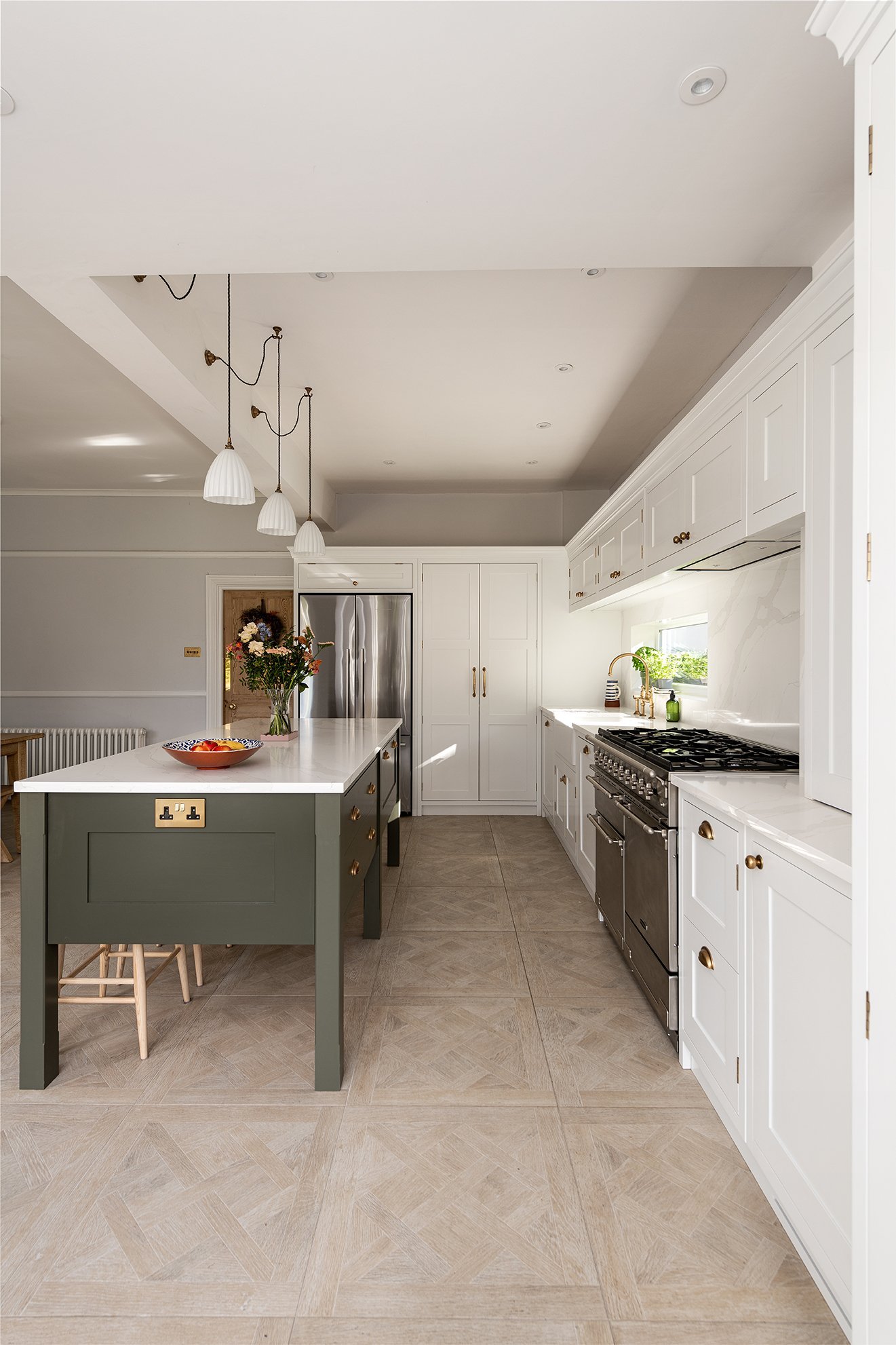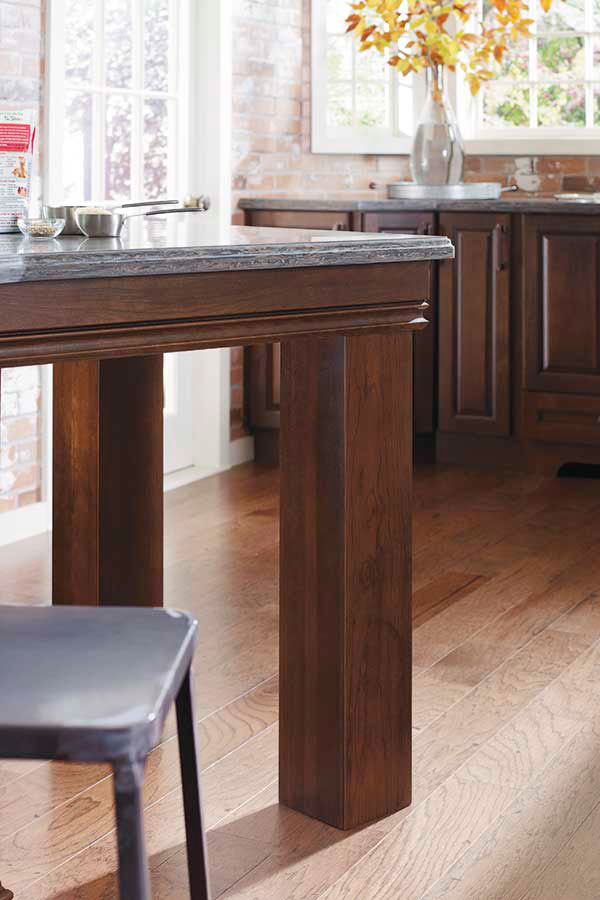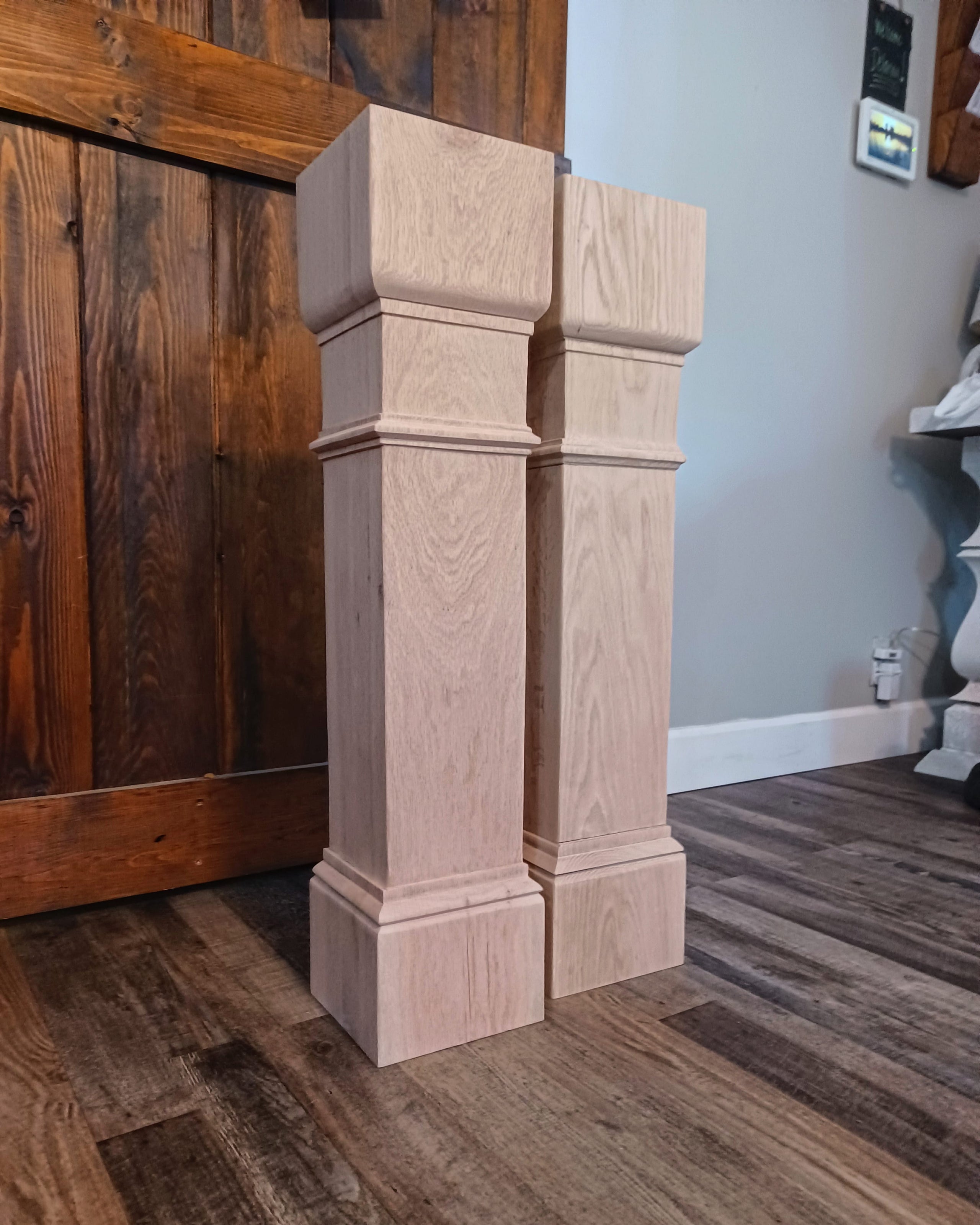Update Your Kitchen's Aesthetic with Premium Legs For Kitchen Island
Update Your Kitchen's Aesthetic with Premium Legs For Kitchen Island
Blog Article
A Guide to Selecting the Perfect Legs For Kitchen Island for Your Home
Selecting the suitable legs for your cooking area island is a nuanced choice that impacts both the capability and visual appeal of this central room. As you take into consideration these elements, it comes to be apparent that the ideal legs can transform not only the look of your kitchen but likewise its functionality for years to come.

Comprehending Kitchen Area Island Legs
When choosing legs for a kitchen island, it's vital to understand their practical and visual duties in the general style. The legs work as an essential support group, guaranteeing security and longevity for the island, which often operates as a workspace, eating area, or collecting place. Consequently, the option of material and construction technique need to be durable enough to withstand everyday usage and potential wear.
Along with their architectural obligations, legs add significantly to the island's aesthetic charm. They can improve the cooking area's design, whether through traditional, modern, or eclectic layouts. The height and proportion of the legs are additionally critical considerations; they need to harmonize with the island's kitchen counter elevation while making sure comfy seating for those making use of the area.
Moreover, the leg design can influence the total circulation of the cooking area. Open, airy leg designs can produce a sense of agility, while solid, considerable legs might communicate an extra based and steady aesthetic - Legs For Kitchen Island. Comprehending these visual and functional elements will direct house owners in making notified options that enhance their kitchen area's style and improve its usability
Popular Styles and Products
The choice of legs for a kitchen island includes a variety of prominent designs and materials, each offering special characteristics that can improve both functionality and looks. Typical legs usually show ornate information and workmanship, boosting traditional kitchen layouts.

Elevation and Stability Factors To Consider

The legs of the kitchen island must provide ample support, making certain that the structure can hold up against daily usage without wobbling or moving. Product selection plays a go to the website substantial role in stability; steel legs, for instance, have a tendency to supply greater toughness compared to wood.
Matching Your Kitchen Area Aesthetic
Picking the right legs for your kitchen island goes beyond performance; it likewise plays a considerable function in the general visual of the room (Legs For Kitchen Island). When picking legs, take into consideration the layout style of your cooking area.
Shade is an additional critical factor. Legs that complement or contrast with your island's surface and bordering kitchen cabinetry can develop aesthetic consistency or striking focal factors. Coupling dark timber legs with a light marble kitchen counter can include depth and interest. Additionally, consider the coating of the legs; matte, shiny, or textured finishes can considerably impact the total feeling of the kitchen area.
Setup and Maintenance Tips
Mounting kitchen island legs calls for careful focus to detail to ensure both security and aesthetic appeal. Begin by selecting an ideal place for your island, ensuring it is level and has ample room for movement. Make use of a stud finder to find wall surface studs if you are connecting the legs to a wall surface or utilizing braces for added assistance. Mark the placement of the legs properly before exploration.
When securing the legs, utilize high-quality screws and, if required, timber adhesive for additional stamina. For steel legs, ensure that you are utilizing ideal anchors and tools to stop damages to your flooring. It is recommended to inspect for levelness after installment, making adjustments as needed to prevent tottering.
Upkeep is equally essential for durability - Legs For Kitchen Island. Regularly check the legs for any type of signs of wear or helping to loosen, especially in high-traffic areas. Clean the legs with an appropriate cleaner, staying clear of unpleasant materials that might scratch the surface area. For wood legs, take into consideration applying a timber conditioner regularly to maintain their finish. By following these installment and maintenance pointers, you can make sure that your kitchen area island legs continue to be both aesthetically appealing and useful.
Final Thought
In conclusion, choosing the suitable legs for a cooking area island requires mindful consideration of elevation, stability, and visual compatibility. Ultimately, thoughtful leg option plays an right here important duty in raising both the usefulness and design of the cooking area space.
When choosing legs for a cooking area island, my sources it's vital to understand their aesthetic and practical roles in the general style. Open, ventilated leg styles can produce a feeling of lightness, while solid, significant legs might communicate an extra based and stable visual. The legs of the cooking area island should supply ample support, making certain that the framework can endure everyday usage without tottering or shifting.Mounting cooking area island legs requires careful interest to information to make certain both security and aesthetic appeal.In final thought, choosing the proper legs for a cooking area island necessitates careful consideration of height, stability, and aesthetic compatibility.
Report this page